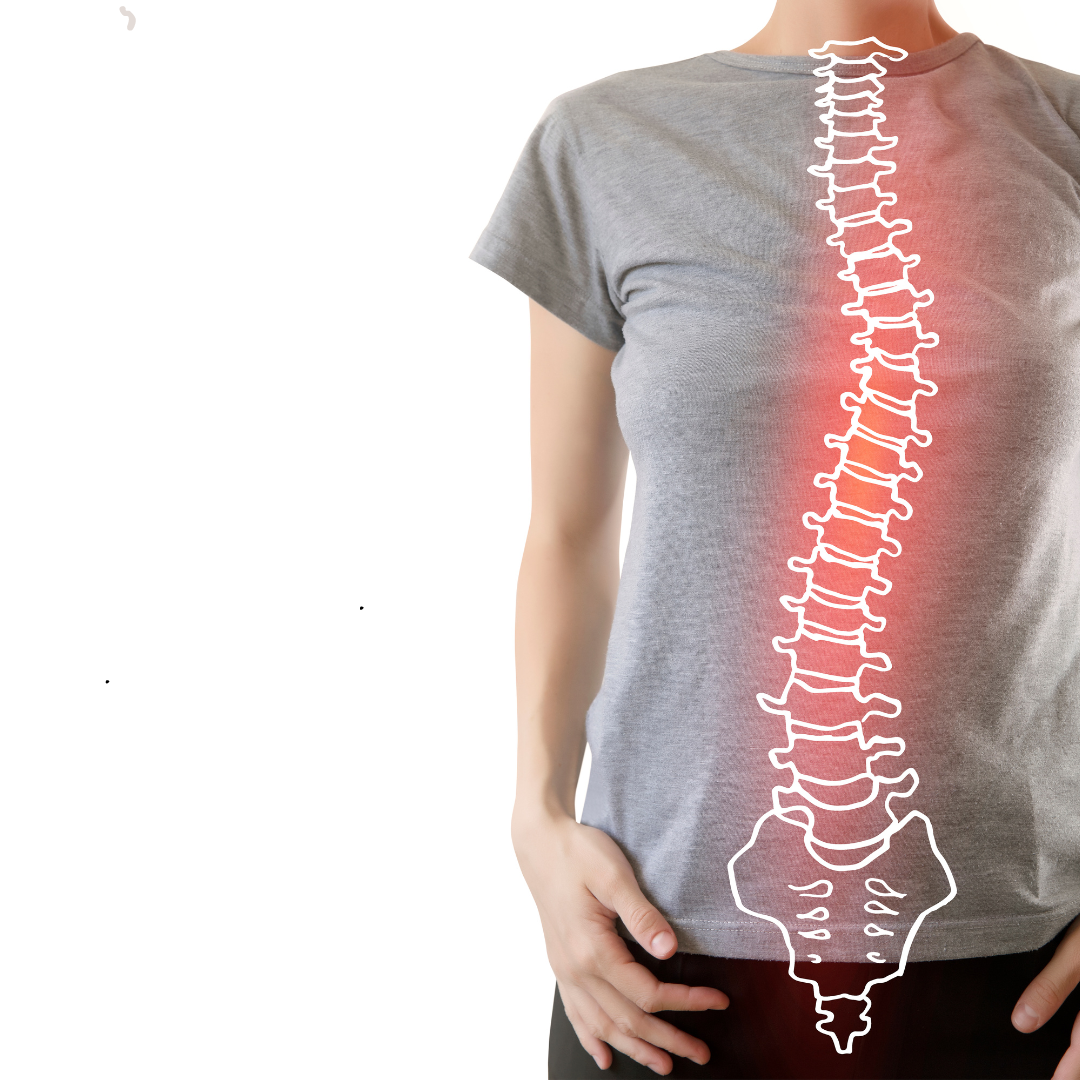SCOLIOSIS
Idiopathic Scoliosis:
This is the most common type of scoliosis, and it has no known specific cause. It is further classified into:
Infantile Idiopathic Scoliosis: Occurs in children aged 0-3 years.
Juvenile Idiopathic Scoliosis: Occurs in children aged 4-10 years.
Adolescent Idiopathic Scoliosis: Occurs in adolescents aged 11-18 years. This is the most common form.
Adult Idiopathic Scoliosis: Refers to idiopathic scoliosis that is either undiagnosed until adulthood or develops after skeletal maturity.
Congenital Scoliosis:
This type results from spinal abnormalities present at birth. It occurs due to malformations of the vertebrae and often requires early intervention.
Neuromuscular Scoliosis:
This type is associated with neuromuscular conditions such as cerebral palsy, muscular dystrophy, or spinal cord injury. It results from muscle imbalances and weakness around the spine.
Degenerative Scoliosis (Adult-Onset Scoliosis):
Occurs due to the degeneration of the spinal discs and joints, often seen in older adults. It may be associated with conditions such as arthritis or osteoporosis.
Functional Scoliosis:
This type occurs when the spine appears curved due to a condition such as a leg length discrepancy, muscle spasms, or inflammatory conditions. The spine itself is structurally normal.

